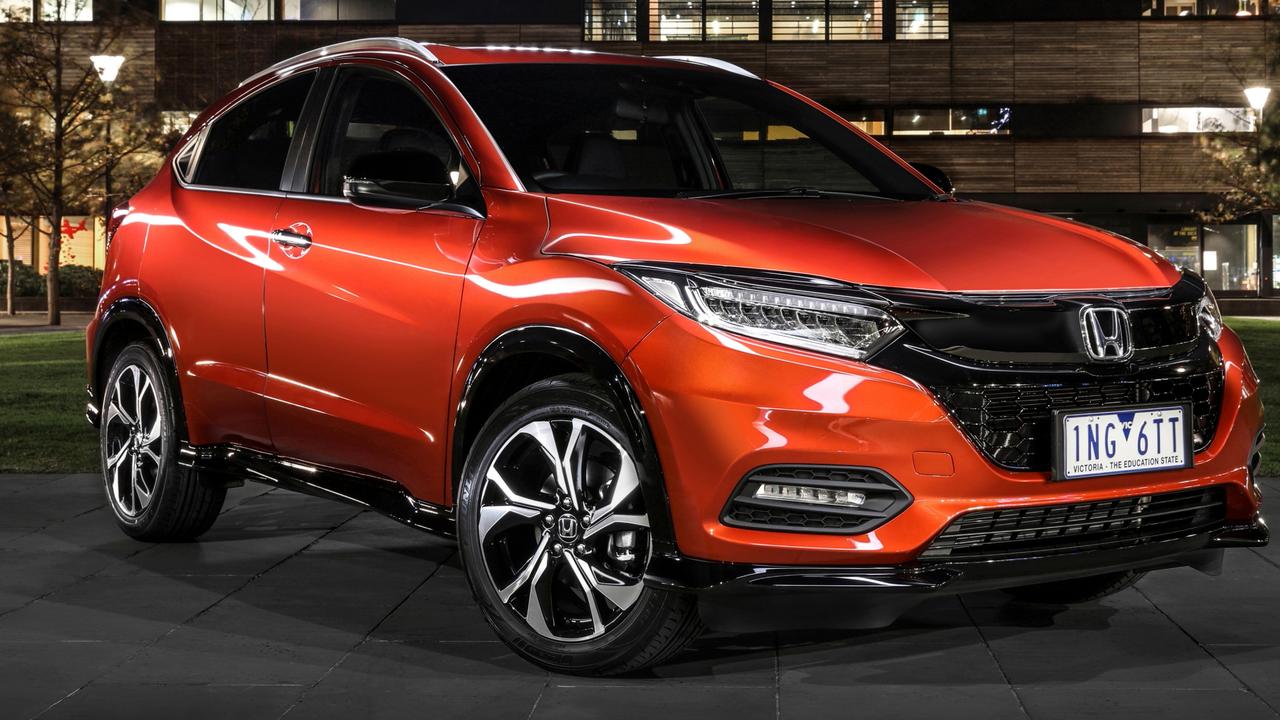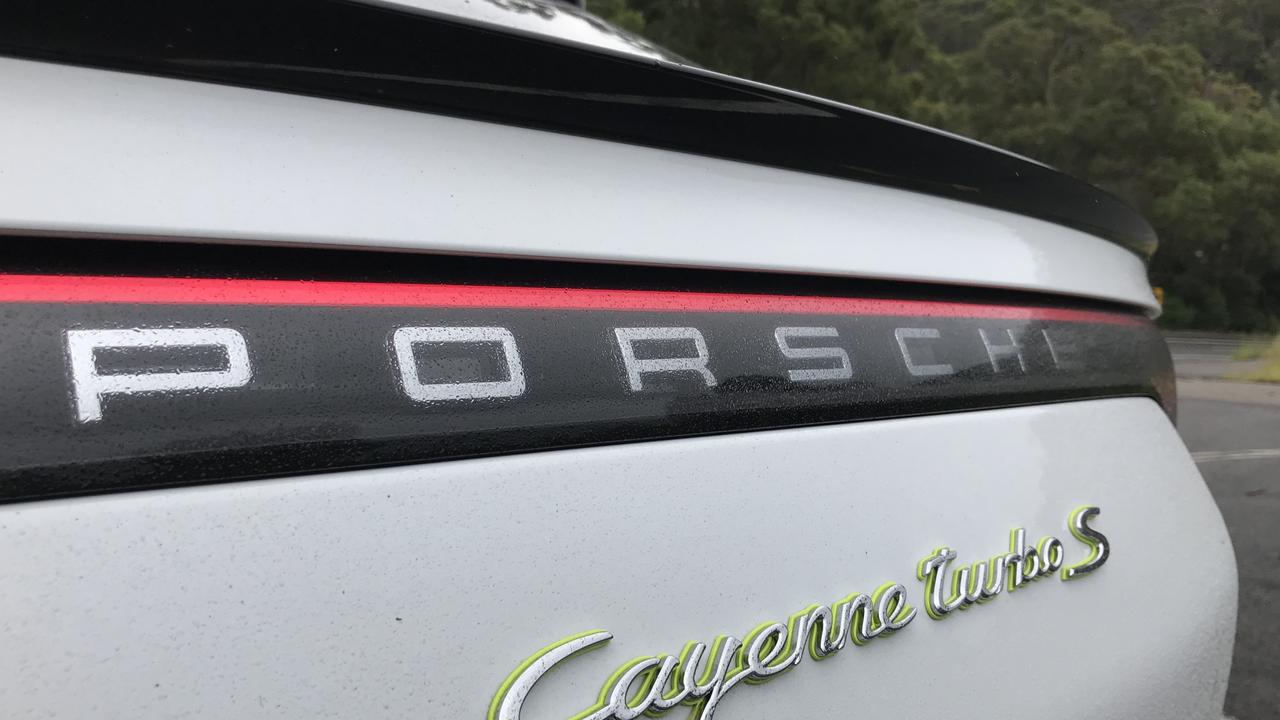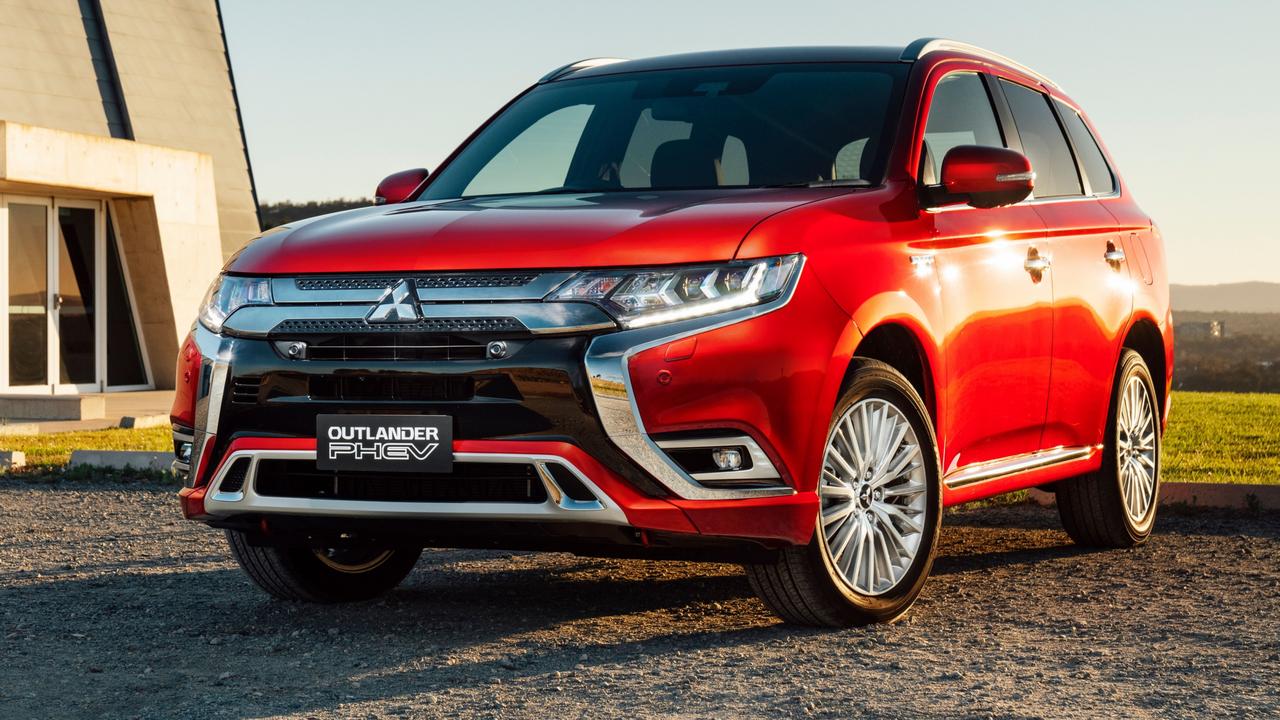New Ford Ranger unveiled: looks the same but big tech changes under the skin
IS that it? Much-hyped new Ford Ranger has been unveiled in the US ahead of its arrival in Australian showrooms mid year.
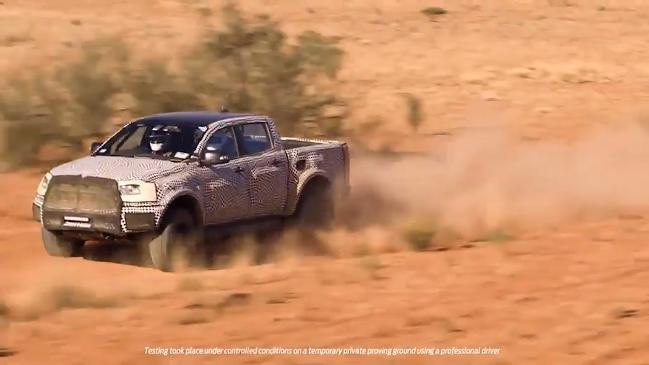
FORD has finally unveiled the much-hyped update to the Ranger and, at first glance, it’s hard to see what the fuss is all about.
The new-for-2018 Ford Ranger looks largely unchanged from the model already on sale in Australia — the body is the same since launch seven years ago.
It was unveiled at the Detroit motor show overnight where the Ranger is due to go into production for the first time since 2011.
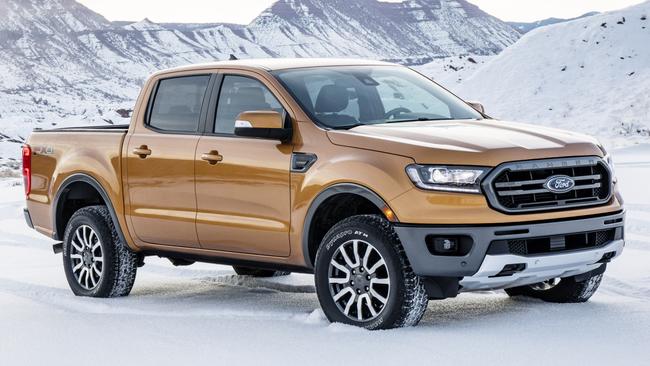
The Michigan assembly line will be the fourth factory in the world to build the Ranger, including South Africa, Argentina and Thailand, where Australian models are sourced.
The new Ranger is due in Australian showrooms mid year: should buyers wait or drive a bargain on a run-out model?
UPDATE: FORD RANGER RECALLED AFTER 24 UTES CATCH FIRE IN AUSTRALIA
The visual changes are subtle but include a new grille, front bumper and tailgate along with an opening rear window and a tow hitch that’s tucked under the rear bumper.
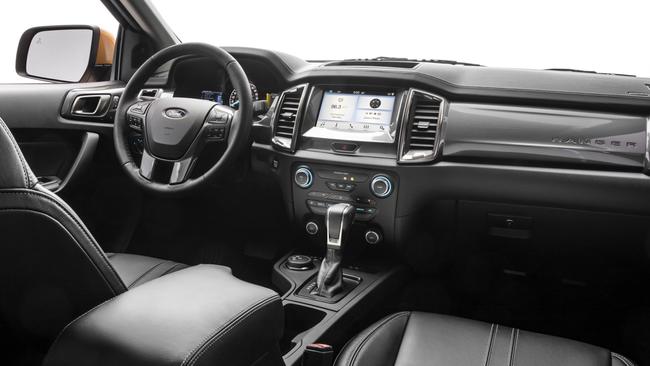
Technology changes include automatic emergency braking and blind zone warning (with large sensors in the corner of the tail-lights) to be added to the current Ranger’s radar cruise control and lane keeping assistance.
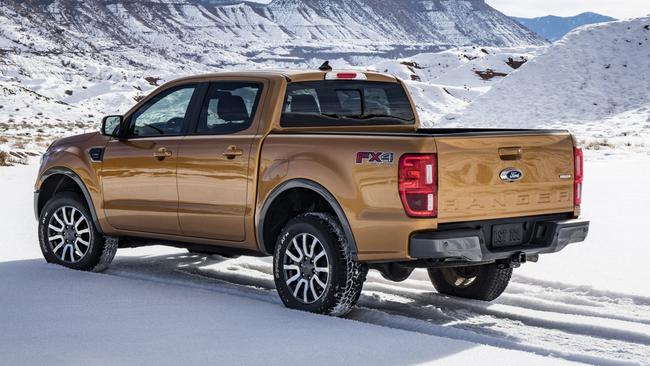
Convenience items include a sensor key with push button start, Apple Car Play and Android Auto.
In the US the Ranger comes with power from the Ford Mustang Ecoboost — the turbo 2.3-litre four-cylinder petrol matched to a 10-speed auto.
Engines in Australia are yet to be confirmed but given buyer preference for diesel it’s likely the new Ranger will power on with the old 2.2-litre four-cylinder and 3.2-litre five-cylinder turbo diesels.
Unconfirmed reports claim the flagship Ranger Raptor will be powered by a twin-turbo 2.0-litre four-cylinder diesel matched to a 10-speed auto in Australia.
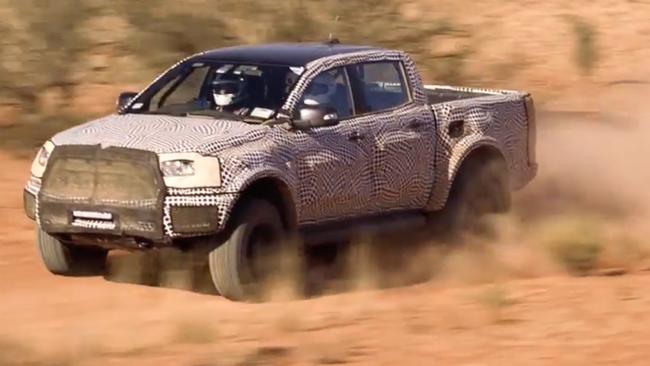
It means the toughest and most expensive Ford Ranger will have one of the smallest engines in the ute category at a time when rivals are beefing up their engine line-ups.
Volkswagen is understood to be preparing a more powerful version of its 3.0-litre V6 turbo diesel for its top of the range Amarok — and planning to replace the 2.0-litre turbo diesel with the TDV6 in the cheapest models.
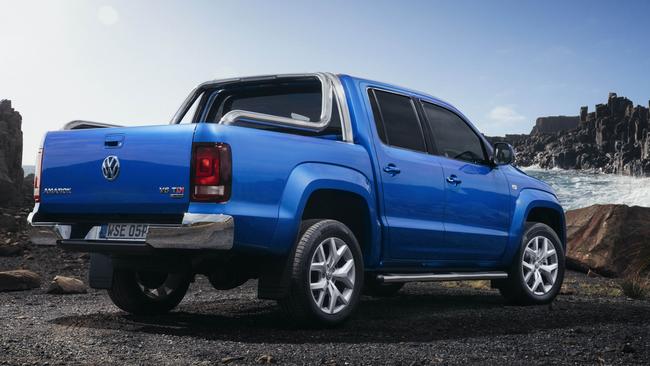
The Mercedes X-Class ute is about to launch with twin-turbo 2.3-litre diesel power in Australia — shared with the Nissan Navara on which it is based — but a powerful 3.0-litre TDV6 will join the line-up mid year.
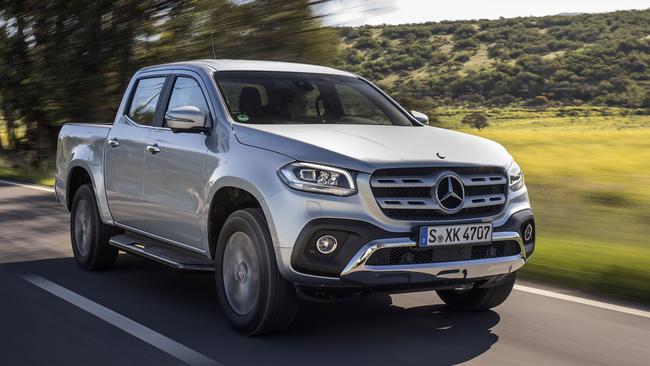
The Isuzu D-Max’s 3.0-litre turbo diesel — an engine shared with an Isuzu truck — remains the biggest capacity four-cylinder diesel in the ute category ahead of Toyota and Holden (2.8 turbo diesel), Mitsubishi (2.4 turbo diesel) and Nissan (2.3 turbo diesel).
It’s going to be another a big year for utes with updates to most models, including new flagship models for the Toyota Hilux and a HSV Colorado.
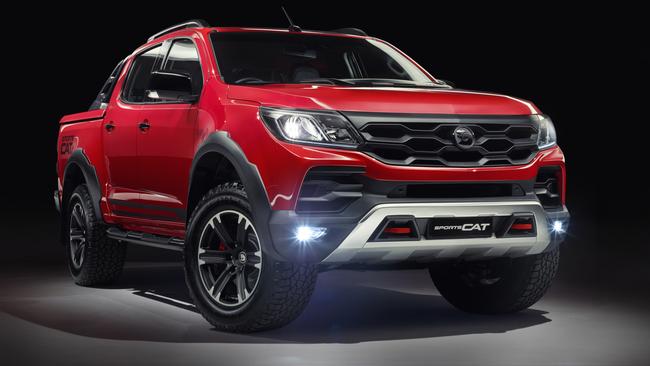
The Nissan Navara, Mitsubishi Triton and Isuzu D-Max are also due for minor model-year updates.
The Toyota HiLux topped the Australian sales charts for the second year in a row in 2017.
The Ford Ranger was the second-highest selling vehicle outright but led four-wheel-drive sales.
Utes filled three of the Top 10 sales spots in 2017 after the Mitsubishi Triton scraped into tenth ahead of the Holden Colorado.
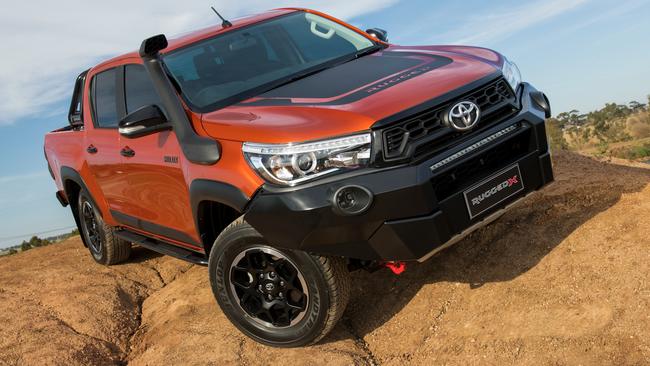
This reporter is on Twitter: @JoshuaDowling

